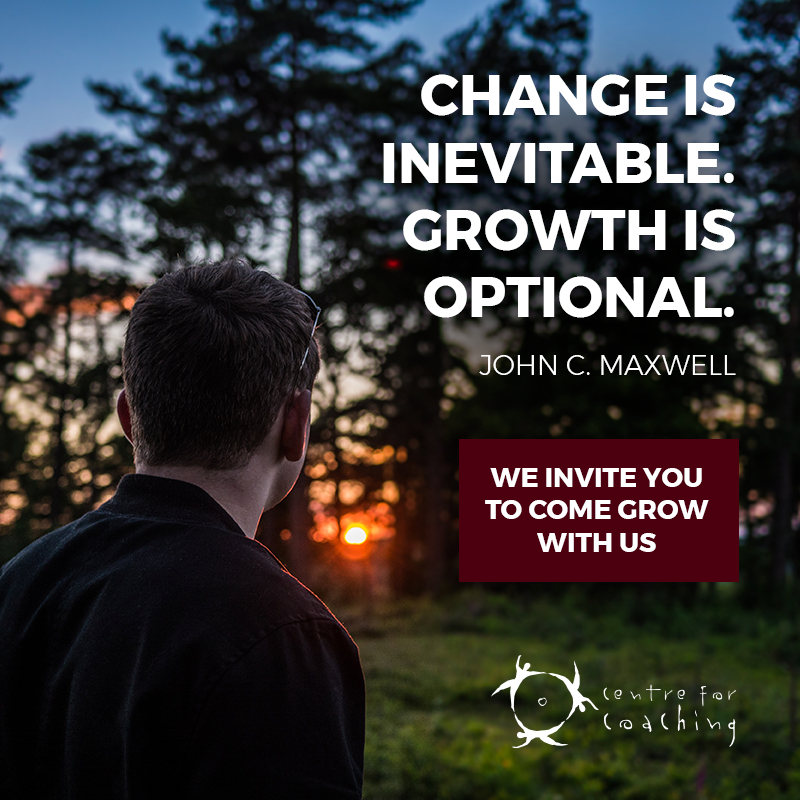Janine Everson, Director of the Centre for Coaching, explores in this fourth interview of a seven part series on The Secrets of Success in Coaching: “Dealing with a poor individual performer”.
In this example of exceptionally powerful coaching, Janine explores in the fourth interview the case of dealing with poor individual performance and where it stems from. Very often it’s not the poor performer that is the source of the problem. Often it’s something the leader is doing or not doing that is causing people to lose interest or to have a problem. You will find a full transcript of the interview below.
Daniel Schwenger:
Hello from the Dukascopy TV studio in Geneva. We are talking about the Secrets of Success in Coaching with Janine Everson from the Centre for Coaching. Welcome to the studio again!
Janine Everson:
Thank you.
Daniel Schwenger:
So, we talked about how coaching focuses on the person, not the problem. But how would you go about coaching somebody who’s dealing with low individual performance?
Janine Everson:
Yes, and this happens all the time, doesn’t it? So many times, there are people around us where we just go, “You know, they’re not pulling their weight.” As always, tempting to focus on the poor performer, but very often it’s amazing how seldom actually they are the source of the problem. Often, it’s something that the leader themselves is doing or not doing that is causing people to lose interest or to have a problem.
Let me explain. So, as always, focusing on the person and not trying to solve the problem. I had a coachee who was being coached by me. She was a team leader. And she had been making a lot of progress on her initial issue, which was work/life balance. She had been working too hard, too much, too long hours, and was learning about boundaries and how to take care of herself, but look after her staff.
She came to me one day and said, “Janine, I have a member staff who’s lazy. I’m going to have to fire her.” And I said, “Wow! That’s a big step. What about this person?” She said, “No, no! She’s lazy.” I said, “Well, tell me a little more. What’s happening?” “Well,” she said, “I’ve given her all the training you can imagine. We’ve got this new system. There’s some new, very complex forms that have to be done. She does some of them, but there’s one she never does. I have to do the work for her. I’m not going to do it anymore. She’s too lazy to learn.”
And as she was speaking, I noticed how very judgmental my client was being. And I said her, “Well, okay. Maybe she’s lazy, maybe you have to fire her, but what else could be happening here?” “No, nothing. Nothing. Impossible. Nothing else could be happening.”
But I persisted and I said, “Well, just imagine, hypothesize – what could cause somebody to just not do one form?” She said, “Well, maybe there’s something going on. Maybe there’s something in her life, maybe she’s having problems at home, maybe she’s not well, maybe, maybe…” And I said, “Well, tell me, what did her performance used to be like?”
And my client stopped. She said, “You know what? She used to be a good performer. But now she’s not. About a year ago, her performance changed.” And I said, “Well, so what do you feel like doing now?” She said, “You know, that is quite a thing. I need to go and talk to her.”
And off she went to talk to her and she said to me, “You know, Janine, I’ve never sat down and spoken to her. I’d spoken to her about her work, but I’ve never spoken to her about herself, about what was happening for her. It never occurred to me.” “And so, I pulled her aside. I had a conversation,” she said. And she said, “I discovered that this lady, after all the training I’d given her, had decided that if she tried to do this form and got it wrong, that I would fire her. So she made a decision in her mind to never do the form rather than risk being fired.”
So I said, “Well, what did you decide?” She said, “No, no. I explained to her that this was not going to work and that she was about to be fired anyway. But she said well, would I help her? And so, everyday I’ve been sitting down with her. She can already do half the form, but she needed help in a different way. The training didn’t help her. She needed me to show her the ropes. And I can see already she’s going to be just fine.”
But here’s the bottom line though – as a coach, it’s not enough to just solve the poor performer. I said to my client, “What is it that you have realised about yourself?” And she said to me, “Actually, for me as a leader, what I realised is I am incredibly judgmental of all my people. And if I want to be able to be a high performing leader and to have team members who are high performing, then I need to learn how to listen carefully to them. But more importantly, to stop judging them. To stop imagining the ‘I know what’s going on’ and calling them lazy or incompetent or clever; all the different names I have.”
So her big insight was she needed to shift her ideas of judging people so quickly, putting them in a box, and getting rid of them, or praising them.
Daniel Schwenger:
Thank you very much, Janine Everson, for sharing this example and success of coaching with us today.
– END –




